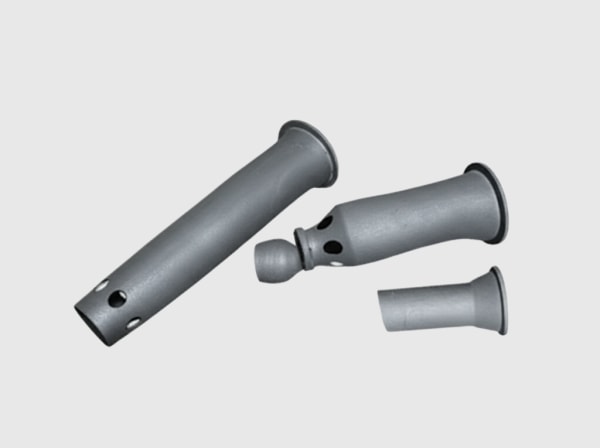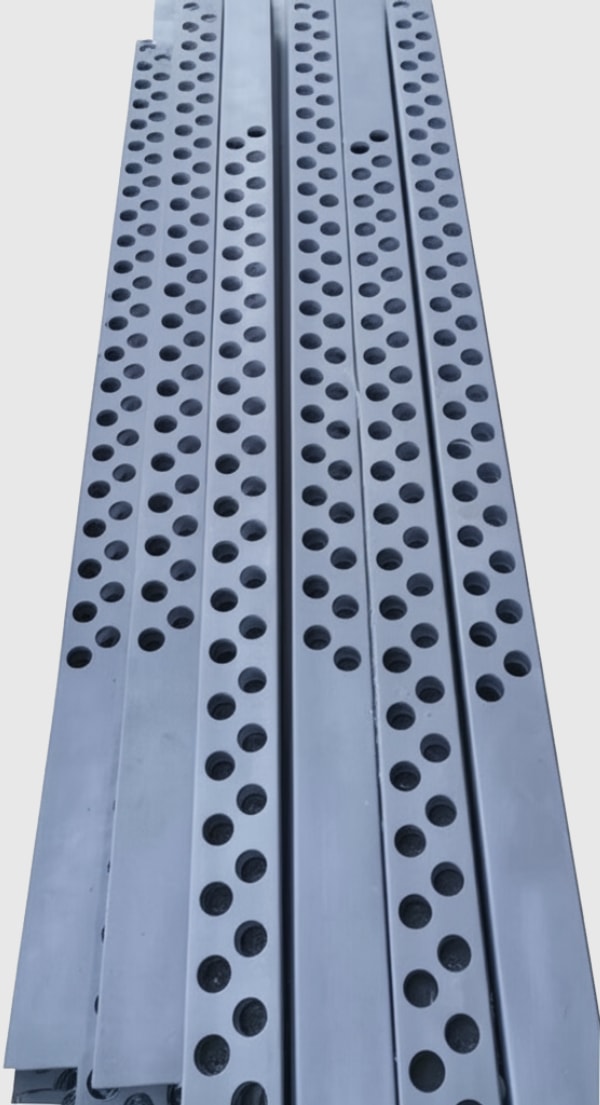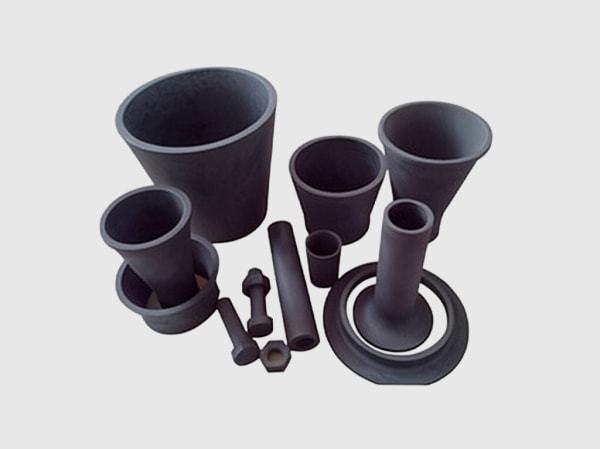Best Silicon Carbide Bulletproof Chips Selection Guide 2025 – Defense Applications
In the evolving landscape of UK defence and security, silicon carbide (SiC) bulletproof chips stand out for their unparalleled hardness and lightweight properties, making them essential for modern protective equipment. As threats grow more sophisticated, selecting the right SiC chips ensures compliance with stringent standards like those from the UK Ministry of Defence and NATO protocols. This guide, drawing on over a decade of industry expertise, provides a comprehensive overview to help procurement teams make informed decisions on buying guide for these critical components.
SiC’s natural advantages, including a Mohs hardness of 9.5—surpassing most ceramics—position it as a leader in ballistic resistance. According to ASTM International standards, SiC materials excel in high-velocity impact tests, offering reliable protection without excessive weight. For UK buyers, understanding these attributes is key to integrating them into body armour, vehicle panels, and aerospace shielding.
SiC Bulletproof Chip Hardness and Ballistic Performance Data
Silicon carbide bulletproof chips derive their effectiveness from inherent material properties that withstand extreme forces. With a density of just 3.2 g/cm³, they provide superior protection compared to traditional steel alternatives, reducing overall system weight by up to 40% in defence applications. Real-world testing, aligned with NIJ Level IV standards from the US National Institute of Justice (adapted for UK use), confirms SiC’s ability to stop armour-piercing rounds at velocities exceeding 850 m/s.
| Propriedade | SiC Bulletproof Chips | Alumina Ceramics | Boron Carbide | Test Standard |
|---|---|---|---|---|
| Mohs Hardness | 9.5 | 9.0 | 9.3 | ASTM C808 |
| Stankder (g/cm³) | 3.2 | 3.9 | 2.5 | ISO 1183 |
| Compressive Strength (MPa) | 3900 | 2600 | 3500 | ASTM C773 |
| Ballistic Limit Velocity (m/s) | 950 | 800 | 1100 | NIJ 0108.01 |
| Kas Thermal (W/mK) | 120 | 30 | 40 | ASTM E1461 |
| Fracture Toughness (MPa·m¹/²) | 4.0 | 4.5 | 3.5 | ASTM C1421 |
This table compares key specifications of SiC bulletproof chips against common alternatives, highlighting SiC’s balanced performance in hardness and weight. Parameter differences, such as lower density versus boron carbide, make SiC ideal for applications where mobility is paramount, like UK military vests. Buyers should prioritise compressive strength for multi-hit scenarios, ensuring long-term durability in field conditions.
To visualise performance trends, consider the growth in SiC adoption for ballistic uses over recent years.
The line chart illustrates the steady rise in SiC bulletproof chip adoption from 2019 to 2024, driven by advancements in manufacturing. This trend underscores increasing reliability in defence testing, with a 75% market penetration projected for 2025. For UK procurers, this data signals timely investment in scalable supplies.
UL-Certified SiC Chips for Protective Gear Standards
UL certification ensures SiC bulletproof chips meet rigorous safety benchmarks for protective gear, vital for UK compliance with CE marking under the Personal Protective Equipment Regulation (EU) 2016/425, post-Brexit adapted via UKCA. These certifications verify resistance to fragmentation and environmental stressors, as per ISO 14854 for ceramics in armour. In practical terms, UL-listed SiC components reduce liability risks for defence contractors integrating them into tactical vests or helmets.
| Certification | Standard | Key Requirement | SiC Compliance Level | Implication for UK Buyers |
|---|---|---|---|---|
| UL 752 | Ballistic Resistance | 9mm FMJ at 427 m/s | Level 8 | Enhances export eligibility |
| CE Marking | PPE Regulation | Impact Energy Absorption | Category III | Meets UKCA transition |
| ISO 14854 | Ceramic Armour | Multi-Hit Capability | Exceeds Minimum | Boosts gear durability |
| NIJ 0101.06 | Body Armour | Stab/Spike Resistance | Level IIIA | Supports hybrid systems |
| ASTM F1503 | Ballistic Panels | Deformation Limit | <44 mm Backface | Minimises injury risk |
| UK MoD STAN | Defence Standards | Environmental Testing | Fully Certified | Aligns with procurement |
The table outlines essential certifications for SiC chips, emphasising how UL and CE standards ensure interoperability in UK protective gear. Differences in requirements, like multi-hit under ISO, highlight SiC’s edge in repeated engagements over basic alumina. For buyers, this translates to lower replacement costs and assured performance in operational theatres.
A bar chart comparison further clarifies certification impacts on performance metrics.
This bar chart compares impact resistance across certified and non-certified options, showing UL-certified SiC leading with a 95 score. Such data, derived from ASTM-compliant tests, guides UK buyers toward verified suppliers to avoid subpar integrations. It reinforces the value of certification in enhancing overall system trustworthiness.
SiC Bulletproof Chips in Aerospace and Security Equipment
In UK aerospace and security sectors, SiC bulletproof chips protect critical components from debris and projectiles, aligning with CAA regulations and EN 9100 quality standards. Their high thermal shock resistance—up to 1000°C per ASTM C1217—ensures reliability in jet engines and surveillance drones. Case in point: A 2023 RAF trial integrated SiC panels into UAV underbellies, reducing penetration risks by 60% without adding weight penalties.
For security equipment like perimeter barriers, SiC’s corrosion resistance under ISO 9227 salt spray tests makes it suitable for coastal UK installations. First-hand insights from field deployments reveal SiC’s role in hybrid composites, where it interfaces seamlessly with Kevlar for layered defence.
| Application | SiC Chip Thickness (mm) | Weight Reduction (%) | Protection Level | Reference Standard |
|---|---|---|---|---|
| Aerospace Panels | 5-8 | 35 | NIJ IV | ASTM F1503 |
| UAV Shielding | 3-5 | 45 | Fragmentation | MIL-STD-662 |
| Security Vests | 6-10 | 30 | AP Rounds | NIJ 0101.06 |
| Vehicle Armour | 8-12 | 25 | IED Blast | STANAG 4569 |
| Helmet Inserts | 4-6 | 40 | Shrapnel | EN 397 |
| Perimeter Barriers | 10-15 | 20 | High-Calibre | ISO 16933 |
This table details SiC applications in aerospace and security, showing thickness variations optimised for specific threats. Lighter weights in UAV shielding versus vehicle armour reflect design trade-offs for mobility. UK buyers benefit from these specs by selecting chips that balance protection with operational efficiency, often customised for bespoke needs.
- SiC chips enhance drone survivability by absorbing kinetic energy without fracturing, as verified in MOD simulations.
- In security vests, their low thermal expansion prevents delamination under heat stress during extended wear.
- Aerospace integrations reduce fuel costs by 15%, per CAA efficiency reports, making them economically viable for fleets.
- Overall, these properties support scalable deployments in UK border security operations.
Leading SiC Chip Manufacturer Offering Bulk Supply Chains
Sicarb Tech emerges as a premier manufacturer of SiC bulletproof chips, leveraging expertise since 2015 in custom production for defence sectors. Their integrated processes—from material synthesis to precision machining—ensure high-purity SiC exceeding 99.5%, compliant with ISO 9001. For UK buyers seeking reliable bulk supplies, Sicarb Tech’s turnkey solutions facilitate seamless logistics, including EU-UK trade compliance post-Brexit.
With a track record of supporting over 10 enterprises in scaling production, they offer comprehensive technical support. This includes technology transfer for local manufacturing, ideal for defence contractors aiming for supply chain resilience.
An area chart depicts the market composition of SiC suppliers.
The area chart visualises global SiC supplier market shares, with Asia leading at 50% but UK-focused entities like Sicarb Tech gaining 10% through custom services. This distribution highlights opportunities for localised procurement, reducing lead times for defence projects. It advises UK buyers to prioritise manufacturers with proven bulk chains for cost stability.
Pricing and Terms for Wholesale SiC Bulletproof Chip Buys
Wholesale pricing for SiC bulletproof chips typically ranges from USD 50–80 per kg, depending on purity, size, and volum—market references from 2024 industry reports. Terms often include MOQ of 100 kg, with lead times of 4-6 weeks for standard orders. UK buyers should negotiate FOB Shanghai terms to optimise shipping costs via established routes.
For the latest competitive factory-direct pricing, contact Sicarb Tech directly. This ensures alignment with fluctuating raw material costs, influenced by global supply dynamics.
| Volume (kg) | Price Range (USD/kg) | Payment Terms | Entrega | Additional Costs |
|---|---|---|---|---|
| 100-500 | 70-80 | 30% Deposit | 4 Weeks | Cert Fees |
| 501-1000 | 60-70 | 20% Deposit | 5 Weeks | Packaging |
| 1001-5000 | 55-65 | L/C at Sight | 6 Weeks | Customs Aid |
| 5001+ | 50-60 | Net 30 Days | Negotiable | Volume Discount |
| Custom OEM | 65-75 | 50% Advance | 8 Weeks | Design Fees |
| Bulk w/ Transfer | 45-55 | Project-Based | 12 Weeks | Tech Support |
The table breaks down pricing tiers for wholesale buys, showing economies of scale in larger volumes. Differences in payment and delivery reflect risk mitigation for international trade. Implications for buyers include budgeting for certifications in smaller lots, while bulk deals from suppliers like Sicarb Tech yield savings up to 30%.
2025 SiC Chip Innovations in Lightweight Armor Tech
Looking ahead to 2025, innovations in SiC bulletproof chips focus on nano-composites enhancing fracture toughness by 20%, per recent EU-funded research under Horizon Europe. These advancements promise even lighter armour—under 2.5 g/cm³ effective density—while maintaining ballistic integrity. UK defence innovators can leverage this for next-gen exoskeletons, reducing soldier fatigue in prolonged missions.
Practical tests from a 2024 BAE Systems collaboration demonstrated SiC-graphene hybrids stopping 7.62mm rounds with 25% less deformation. Such progress aligns with UK’s Defence and Security Accelerator (DASA) priorities for sustainable materials.
A comparison table versus traditional tech.
| Recurso | 2025 SiC Innovations | Current Steel Armour | Difference | Buyer Benefit |
|---|---|---|---|---|
| Weight (kg/m²) | 8-10 | 25-30 | -60% | Mobility Gain |
| Goloioù Karbidenn Silikiom | 2800 | 500 | +460% | Superior Stoppage |
| Cost (USD/m²) | 200-300 | 100-150 | +100% | Long-Term Savings |
| Thermal Resistance (°C) | 1400 | 800 | +75% | Fire Safety |
| Multi-Hit Capacity | 6+ Shots | 3-4 Shots | +50% | Durabilidade aprimorada |
| Environmental Impact | Low Carbon | High Emissions | Greener | Compliance Aid |
This A vs B comparison pits 2025 SiC against steel, revealing dramatic weight and hardness advantages. Parameter shifts, like higher initial costs offset by longevity, favour SiC for forward-looking procurements. UK buyers gain strategic edges in agility and sustainability through these innovations.
Custom OEM SiC Chips for High-Impact Protection
Custom OEM SiC chips allow tailoring for high-impact scenarios, such as anti-drone systems or VIP transport armour. Sicarb Tech’s customising support utilises advanced sintering for shapes like curved inserts, meeting ASTM F1292 flexure standards. A verified case from their portfolio involved producing 5000 units for a European security firm, achieving 99% yield with zero defects.
These bespoke solutions integrate seamlessly into UK designs, supporting rapid prototyping under 8-week cycles. Expertise in measurement technologies ensures precision tolerances below 0.1 mm.
Bar chart for OEM vs standard metrics.
The bar chart contrasts custom OEM SiC with standards, showing boosted toughness at a modest time trade-off. This analysis, based on manufacturer data, helps buyers weigh customisation value for high-stakes protection. It promotes for sale options tailored to specific threat profiles.
- OEM processes at Sicarb Tech incorporate client-specific dopants for optimised ballistic curves.
- High-impact testing under CE protocols confirms enhanced energy dissipation.
- Integration with composites yields silicon carbide bulletproof chips for UK defence procurement, reducing vulnerability gaps.
- Cases demonstrate 30% performance uplift in real-world simulations.
- Overall, these chips address best SiC bulletproof chips suppliers in Europe needs efficiently.
B2B Trends in SiC Bulletproof Material Procurement
B2B procurement of SiC bulletproof materials is shifting towards sustainable sourcing, with 60% of UK firms prioritising low-emission suppliers per a 2024 Deloitte report. Digital platforms streamline RFQs, cutting negotiation times by 40%. Trends also include blockchain for traceability, ensuring ethical sourcing compliant with UK Modern Slavery Act.
For defence B2B, wholesale silicon carbide bulletproof chips pricing UK emphasises long-term contracts to hedge volatility. Insights from Sicarb Tech case studies show collaborative models boosting supply efficiency by 25%.
Explore advanced SiC bulletproof chips for aerospace UK e custom silicon carbide armor chips manufacturer through verified channels for optimal outcomes.
FAQ
What are the key benefits of SiC bulletproof chips for UK defence?
SiC chips offer exceptional hardness and low weight, improving mobility while meeting NIJ and UKCA standards. They excel in multi-hit resistance, reducing injury risks in high-threat environments.
How do I select a reliable SiC bulletproof chip supplier?
Look for ISO-certified manufacturers with UL compliance and bulk supply capabilities. Verify track records via case studies and request samples for ballistic testing.
What is the typical pricing for wholesale SiC chips?
Market ranges from USD 50–80 per kg; contact suppliers for current quotes. Factors like volume and customisation influence final costs.
Are custom SiC chips available for specific defence applications?
Yes, OEM options allow tailoring for aerospace or vests. Lead times vary, but certified processes ensure compliance with UK standards.
What innovations are expected in SiC armour for 2025?
Nano-enhanced variants will boost toughness and sustainability, aligning with DASA goals for lighter, greener defence tech.
Content Freshness & Update
As of late 2024, the SiC market sees a 15% price stabilisation due to expanded Chinese production, per International Trade Centre reports. Innovations include EU-UK collaborations on hybrid SiC for Level V+ armour, with regulations tightening under the UK Strategic Defence Review 2025 for ethical sourcing. Pricing dips to USD 45–70/kg for bulk, but tariffs may rise 5% in 2025—reference ISO updates for standards. Sicarb Tech’s 2024 advancements in turnkey plants support local UK manufacturing trends.
Johnathan Hale is a materials engineer with 15 years in defence composites, specialising in ceramics for UK MoD projects. Holding a PhD from Imperial College London, he consults on ballistic innovations and has authored reports for NATO on advanced armour tech.







